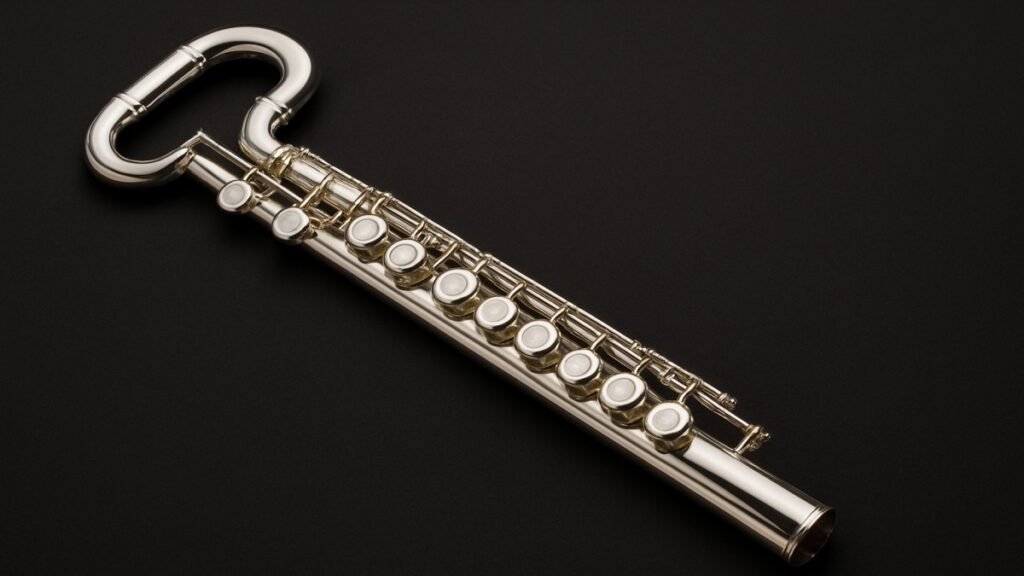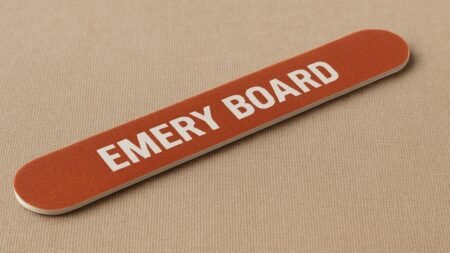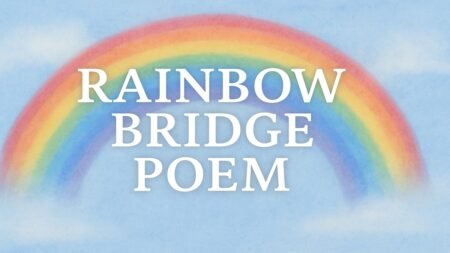If you’ve ever heard a flute that sounds like it’s whispering from the depths of a forest, there’s a good chance it was the bass flute. Rich, warm, and full of mystery the bass flute isn’t just another pretty woodwind. It’s a fascinating instrument with a voice all its own.
What Is a Bass Flute?
A bass flute is part of the flute family, but don’t let the name fool you it’s not a bass instrument like a tuba is to a trumpet. It plays one octave lower than the standard (concert) flute, producing deeper, breathier tones.
It’s long, usually about 50 to 60 inches in total, and bends in shape so players can hold it comfortably. The tone is dark and mellow, like a soft echo in a quiet cave.
A Brief History of the Bass Flute
Though flutes have been around for thousands of years, the bass flute is a relatively recent addition. It became more popular in the 20th century as composers began seeking new sounds and colors.
It found its niche in both traditional flute ensembles and avant-garde compositions, slowly working its way into classical, jazz, and even movie scores.
Design and Structure
Because of its length, the bass flute often features a curved headjoint. This allows players to reach the mouthpiece without having to stretch their arms uncomfortably.
It’s typically made from metal, like silver or nickel silver, although some are made from carbon fiber for lighter weight. The keys are similar to the concert flute but spaced farther apart.
It might look a little awkward, but that curve makes all the difference in how it’s played.
Sound and Tonal Range
This is where the bass flute truly shines. Its range goes from C3 to C6 — rich, low notes that feel warm and lush. Unlike its higher siblings, it doesn’t cut through the air like a whistle. Instead, it flows like a river gentle, deep, and steady.
Its sound is almost hypnotic, perfect for slow, emotional melodies or atmospheric textures.
Playing Techniques
Playing the bass flute isn’t exactly a walk in the park it requires more air and careful control.
Because of its size and lower range, you’ll need good breath support. The fingerings are mostly the same as the regular flute, but the spacing and weight make it a bit trickier.
For beginners, it helps to start on a concert flute and then transition once you’ve built up endurance and technique.
The Bass Flute in Music Genres
Classical
In modern classical music, the bass flute adds depth and color. It’s often used in flute choirs and chamber ensembles.
Jazz
More jazz musicians are experimenting with it for its smooth, mellow tone — like a smoky saxophone with a flute’s soul.
Film and New Age
Composers love it for ambient scores and mystical soundtracks. Think fantasy forests or deep emotional moments in film.
Experimental and Electronic
Digital musicians are sampling the bass flute and layering it with beats, creating soundscapes that feel both organic and futuristic.
Famous Bass Flute Performers and Composers
Some flutists who’ve embraced the bass flute include:
- Matthias Ziegler – known for his experimental style
- Robert Dick – pushes boundaries with extended techniques
- Carla Rees – a champion of the low flutes in contemporary classical music
These musicians show just how versatile and expressive this instrument can be.
Conclusion
The bass flute is more than just a bigger flute it’s a world of sound waiting to be explored. From haunting lows to whispering highs, it brings a deep, emotional richness to any musical setting.
Whether you’re a flutist looking to expand your range, a composer searching for a unique color, or just a curious listener, the bass flute offers something truly special.
FAQs
1. Is the bass flute hard to play?
It requires more breath control and has a different feel than a concert flute, but with practice, it’s very rewarding.
2. How much does a bass flute cost?
Prices vary, but a good quality student bass flute starts around $2,000. Professional models can cost much more.
3. Can you play fast music on a bass flute?
Yes, but it’s more challenging due to the instrument’s size and breath requirements. It’s better suited for lyrical, expressive music.
4. Where can I hear the bass flute in action?
Look up performances by Carla Rees, Matthias Ziegler, or search “bass flute solo” on YouTube and music streaming platforms.
5. What’s the difference between an alto and a bass flute?
The alto flute is pitched in G and sounds a fourth below the concert flute. The bass flute is in C and sounds an octave lower than the concert flute.








